486 self-assembly computer
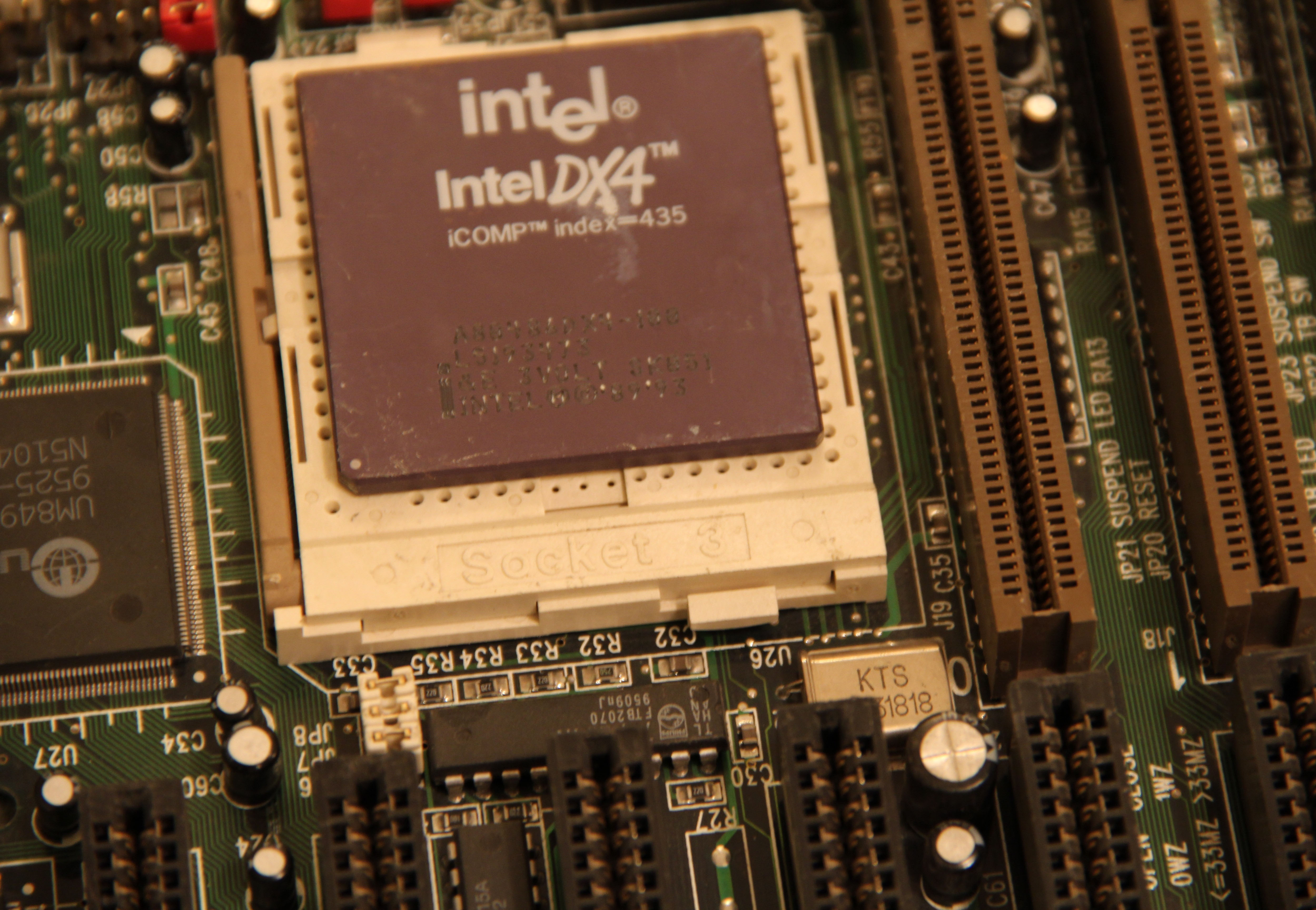
Greetings, in the last post I wrote that I am looking for a 486 processor for future projects. Almost the next day Alexander contacted me with the nickname “alexzar76”. Absolutely free of charge, he offered me a motherboard on 3 sockets and two different processors for it. After a while I got them. Thank you, Alexander! This post was made possible thanks to him.
After receiving my collection of processors began to look like this:
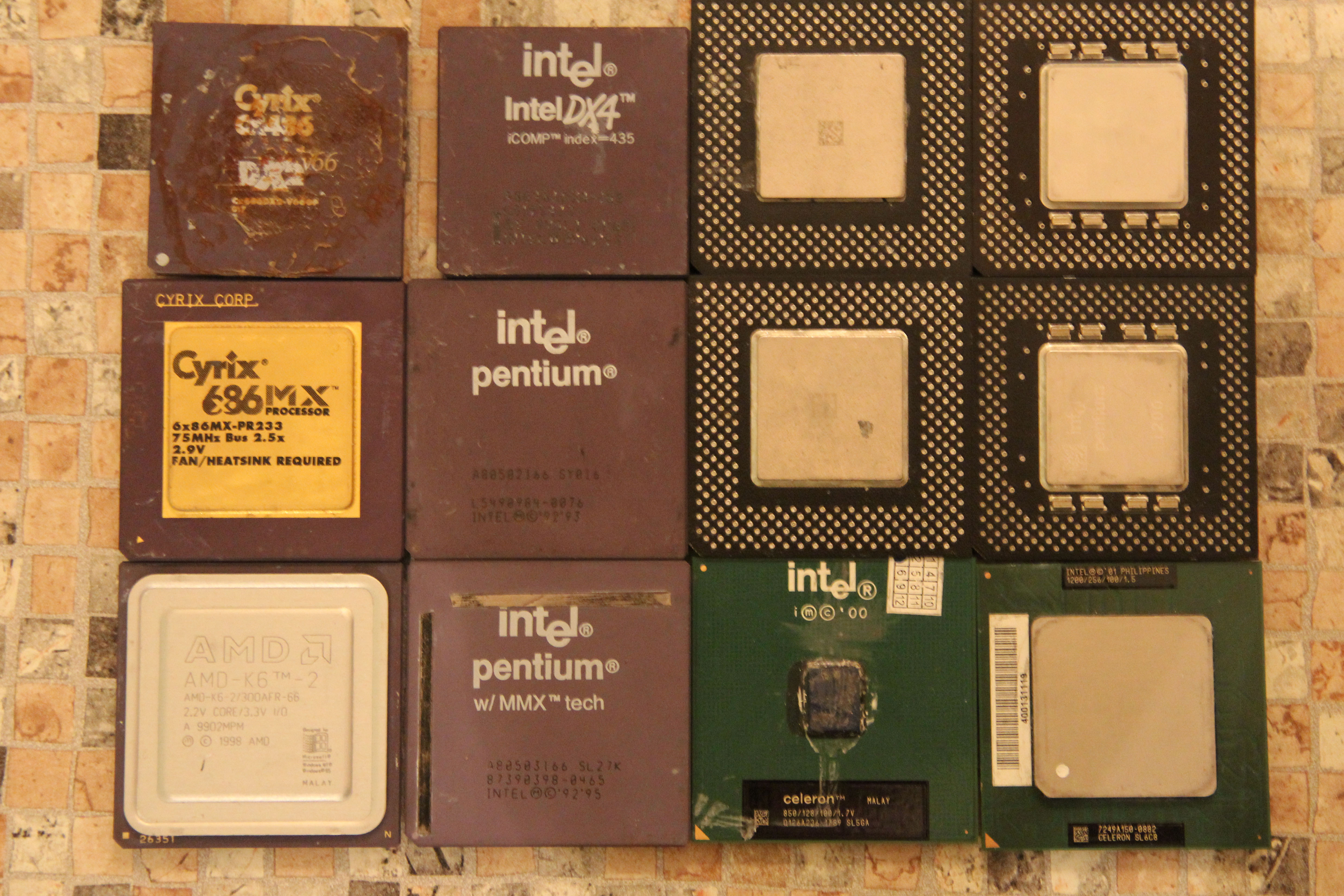
Of these, Alexander received the top two left (this is Cyrix Cx486 / 66 and Intel i486DX4-100).
It is worth noting that by index iCOMP my four is the best in the lineup from Inlel.

Motherboard
This is the same board that I was given along with the CPU. It has 4 ISA and 3 VESA Local Bus (VLB) slots that use some of the features of the 486th architecture.
There are also 4 connectors for SIMM-30 pin and 2 for SIMM 72 pin. Most likely, it holds a maximum of 64 MB, 32 in each of the 72 pin connectors. (of course, only 1 of the memory types can be used at a time)
The BIOS of this machine has a graphical interface and uses a COM mouse! It looks like a crooked zakos under the early Windows, but the moment with the entrance to the BIOS is in the video.
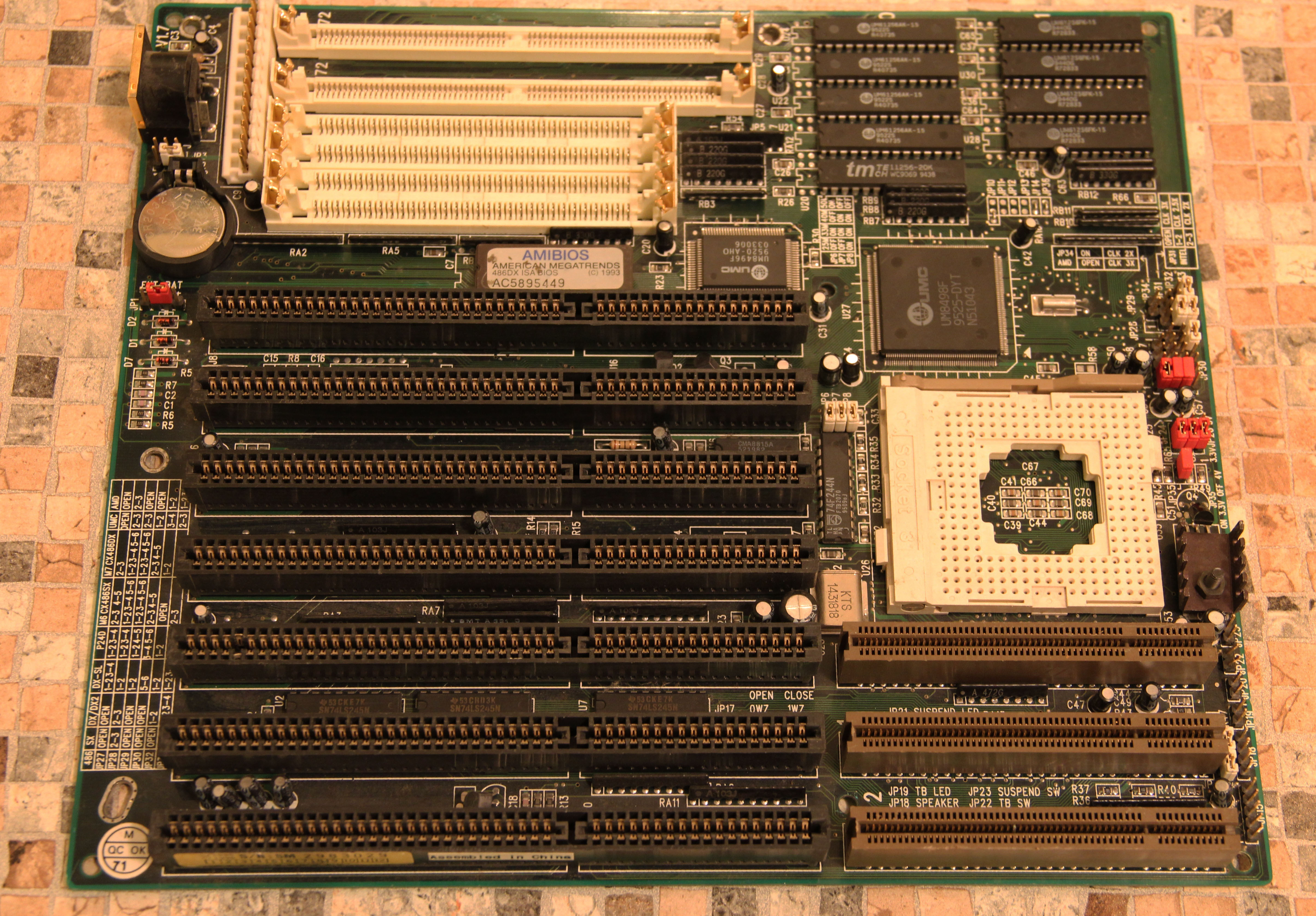
GPU
It was planned to use a video card on the Cirrus logic chip under the VLB bus, but it was not possible to get it. In appearance, there are no complaints about it, the bus speed was set to 33, and the video card was inserted in the closest slot to the CPU. It is possible that I could not properly configure it.
Anyway, we had to remove REALTEK RTVGA V21 004, already familiar to us, from the 286th, and continue the experiments, although with 256kb of video memory everything works very sadly.

Ram
Two SIMM 72 PIN modules of 16 MB each
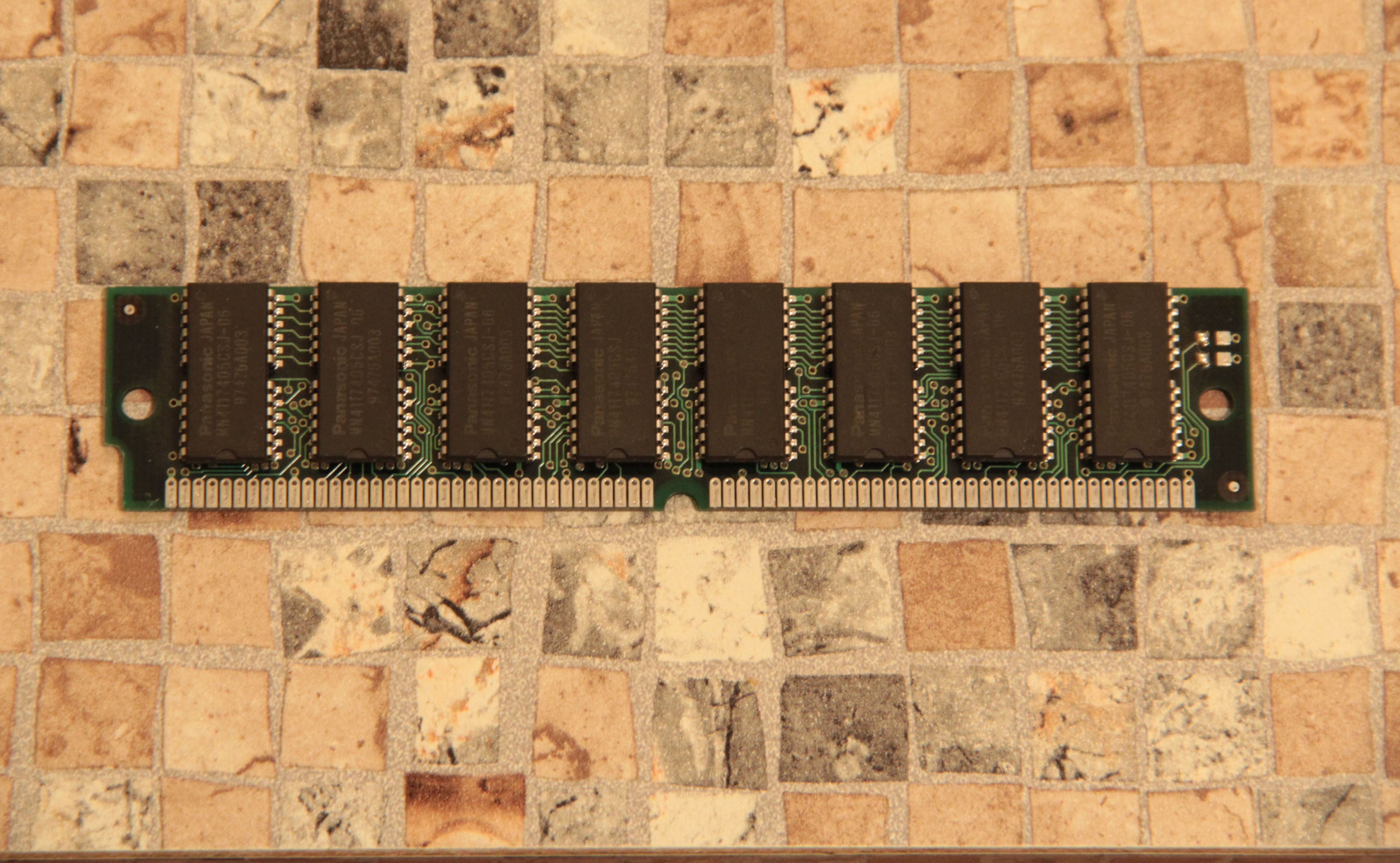
IDE / COM / LPT Controller
I used such a card, as they say "Noname" (or I did not find the name).
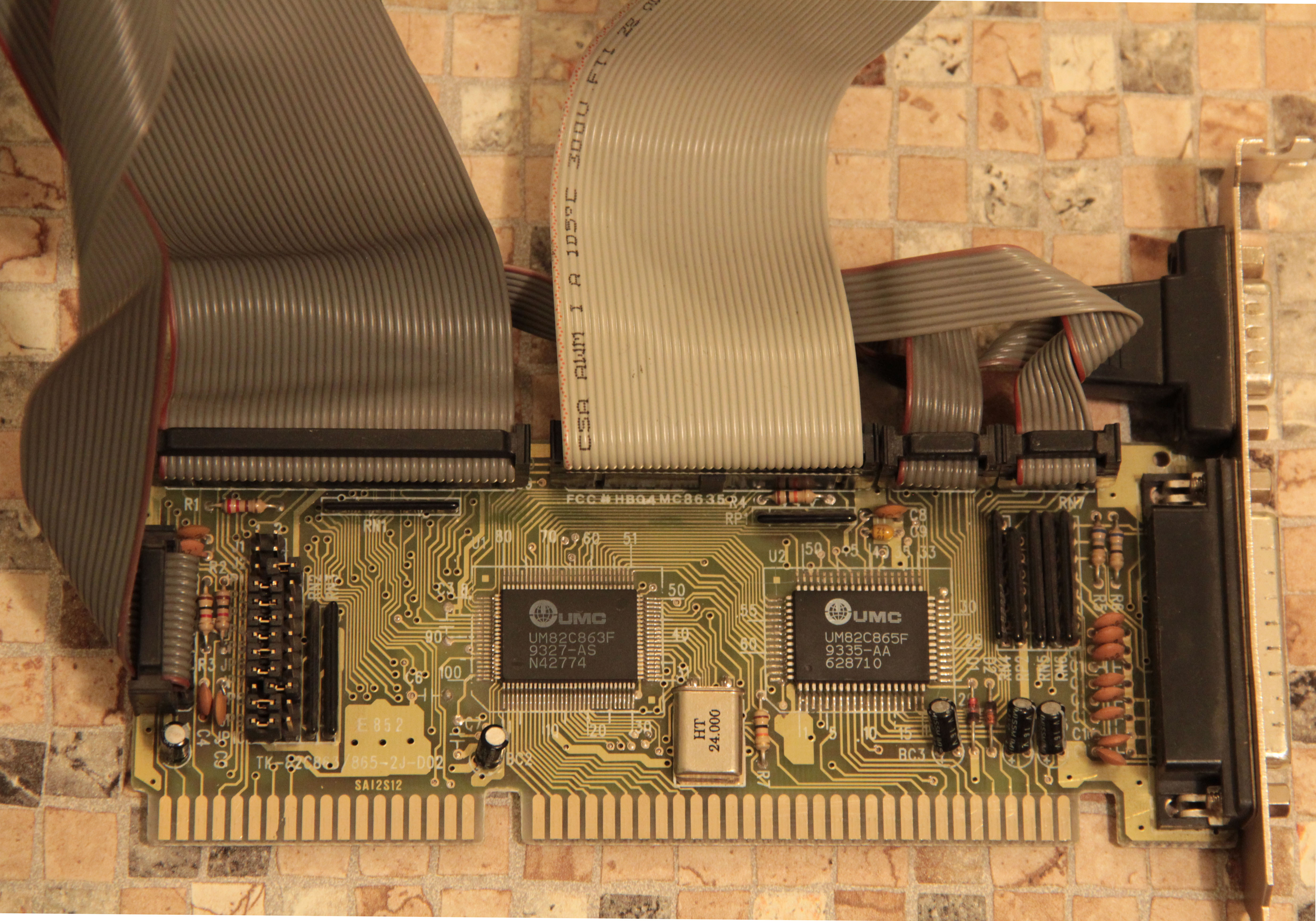
HDD
I pulled the disc out of my bins, it was originally in the assembly with the second Pentium.
This is a Quantum EX3.2A at 3.2 GB. Condition close to perfect.
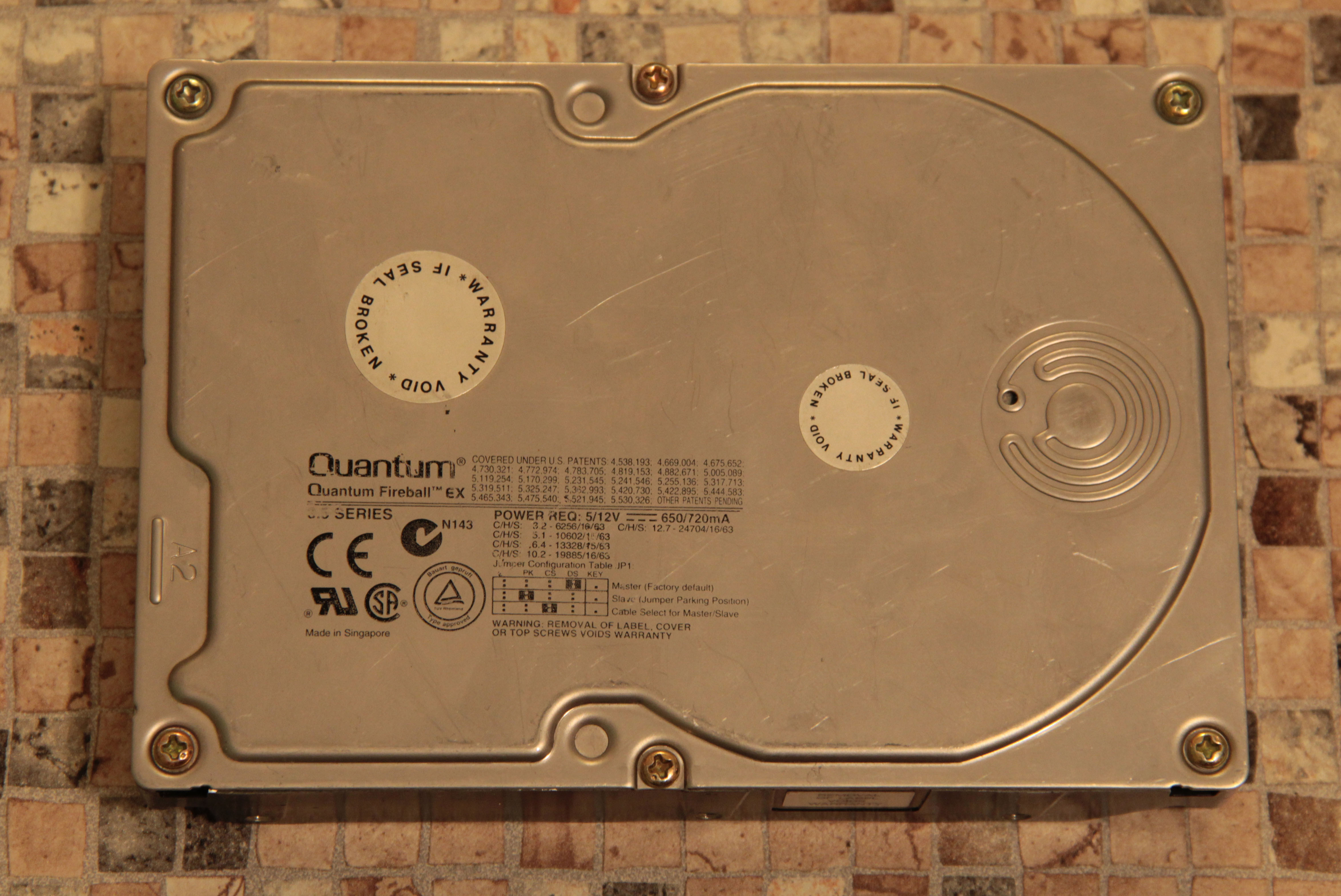
Audio
The sound quality I used was the trivial Sound Blaster CT4170 on a Vibra 16XV chip.

Network
The 3C509B-TPO network card from 3COM was used.
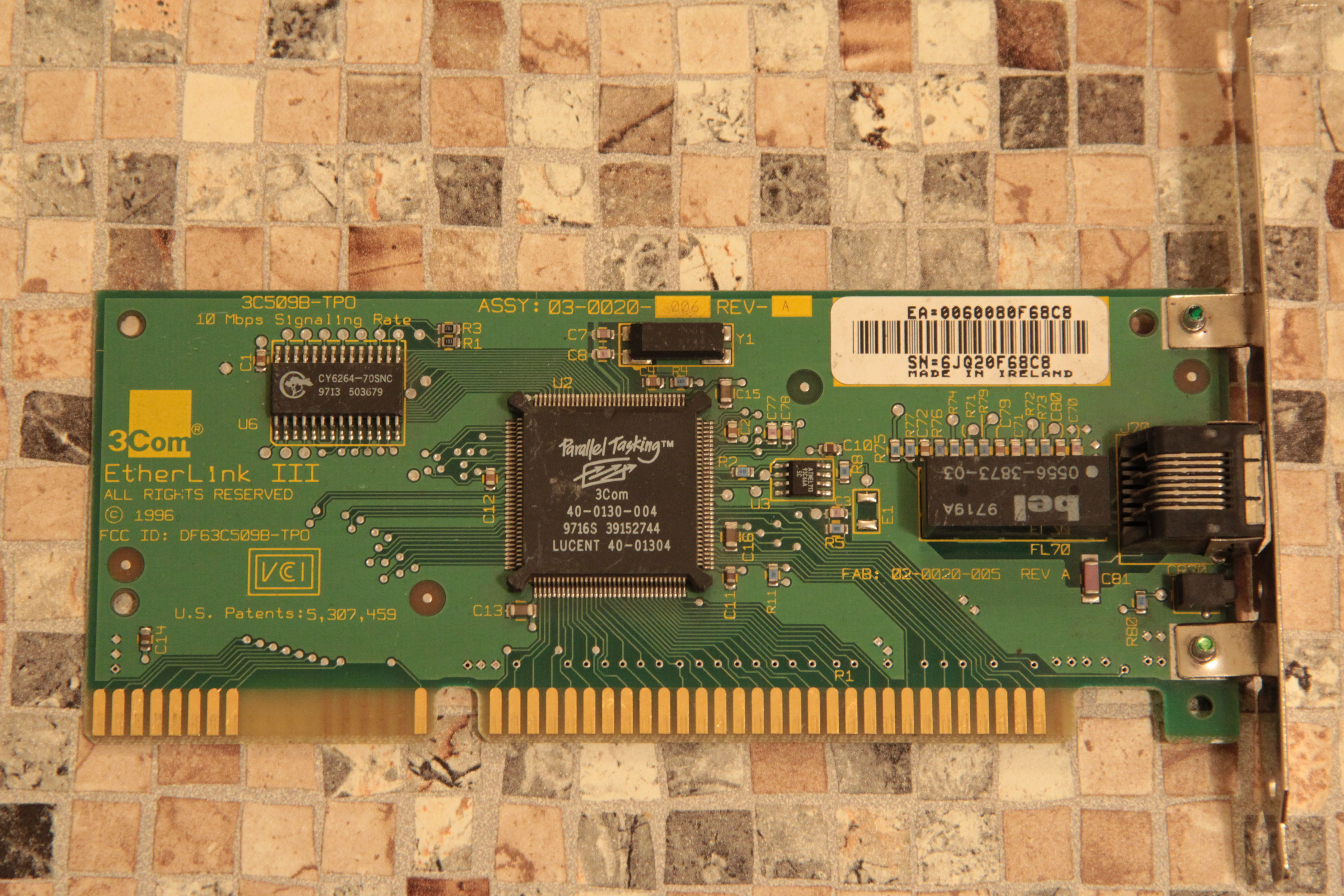
OS
The operating system for my build was the Windows 95 distribution and the corresponding “Plus!” Package.
Unfortunately, I couldn't find the drivers drivers for my video card. Therefore, everything works in 16 colors and without acceleration (if it is possible at all on such a weak card).
The rest is established independently. After adding the desired protocol, the network is up and running normally.
Practice
And of course I recorded the video! The quality is lame because of my experiments with fixed focus, but everything is readable.
PS
Thank you for helping the # 16bit irc channel and bocha in person. If you are interested in something or have something to say - welcome to the comments.
All Articles